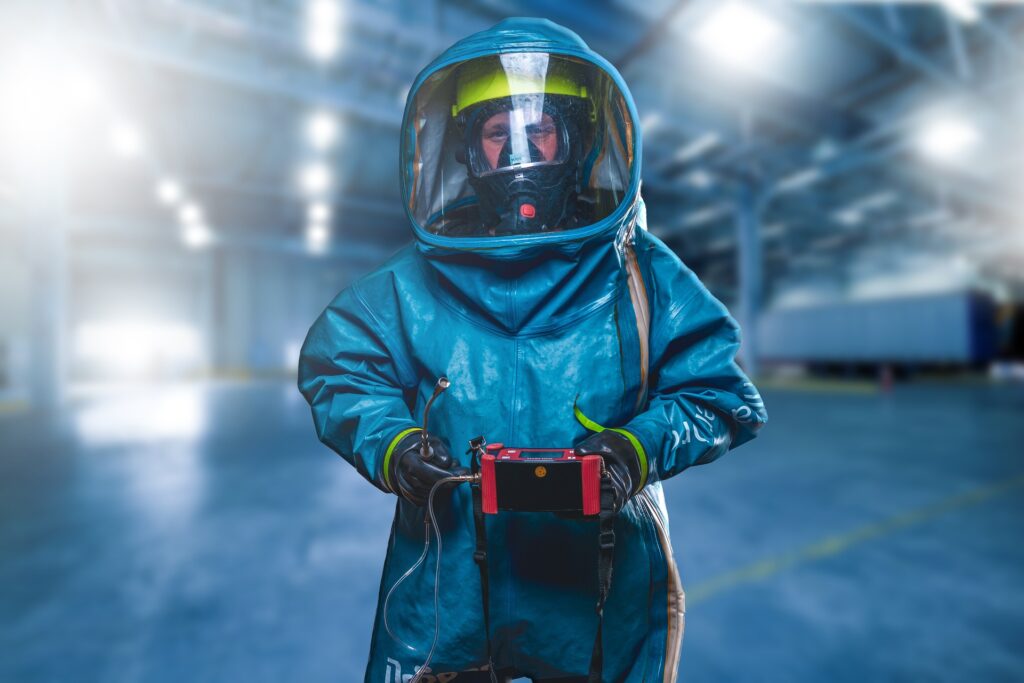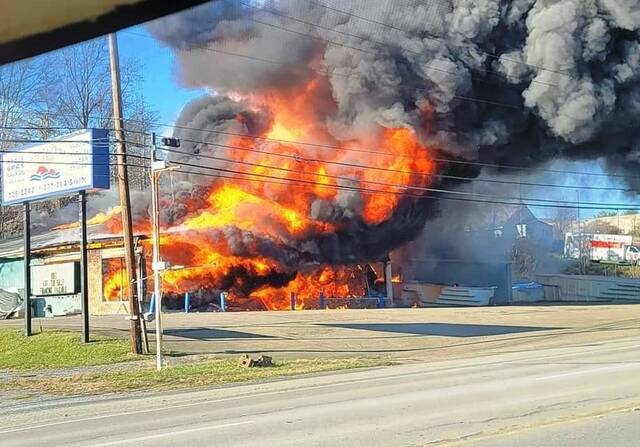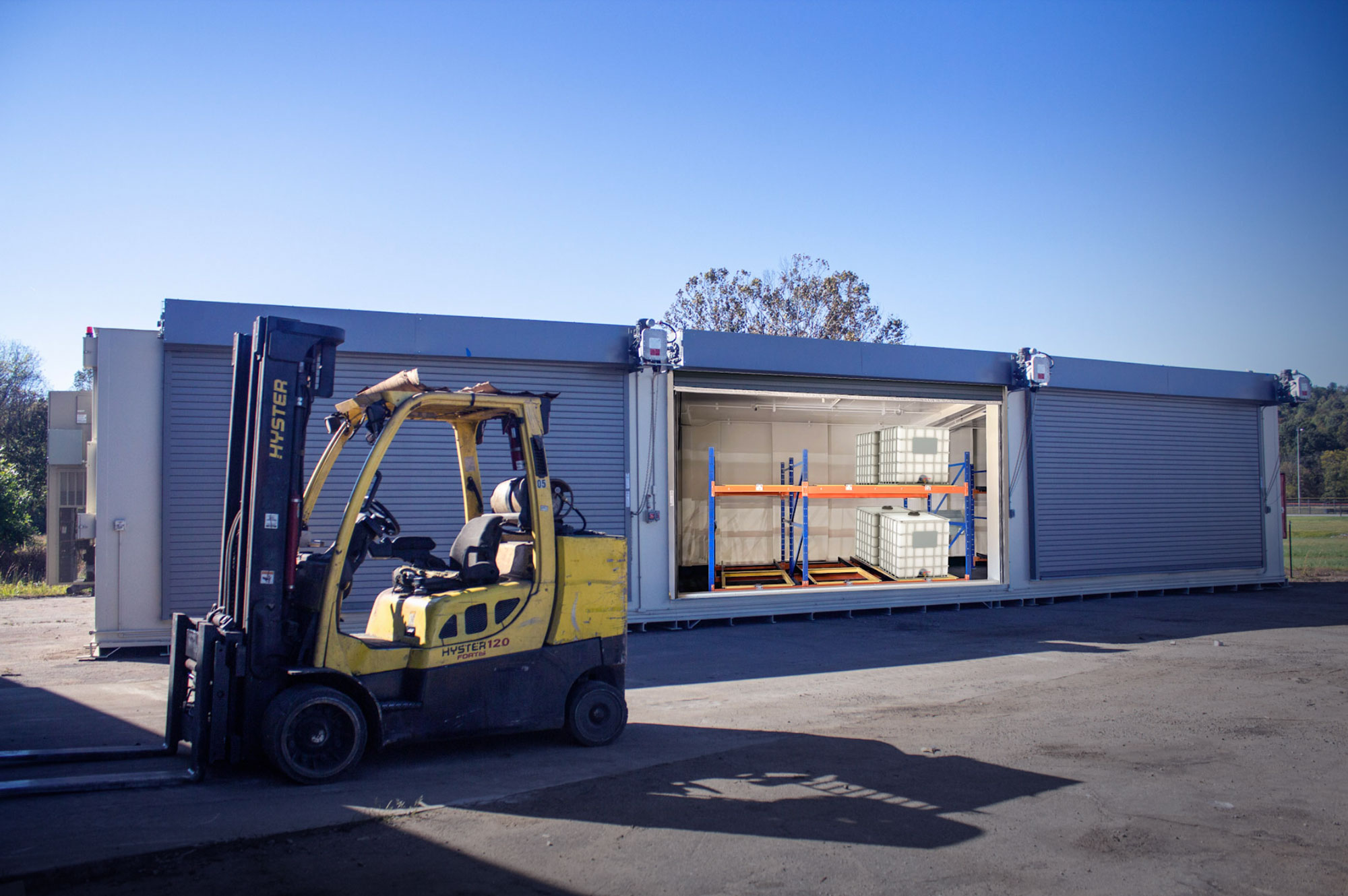Chemical fire suppression is one of the most overlooked aspects of compliant chemical storage. When it comes to the unsung heroes of solid steel protection, fire suppression is a frontline defender in the never-ending struggle to curtail the silent dangers whipping up in the frenzy the moment we let our guard down. Not only does fire suppression provide an instant mitigator to sudden outbursts or explosions, it also serves as an excellent link in preventive force. Contrary to popular mainstream perceptions, most chemical fire suppression systems become activated once a glass ampule is triggered by high temperatures, not just flames. Simultaneous activation before the manifestation of flames gives vulnerable material and personnel an invaluable wetsuit of armor. As we all know, fire retardant liquid makes it harder for flames to ignite volatile chemicals and supplies. Fire suppression acts as a temporary shield against flames until authorities can arrive on scene. Firefighters and hazmat crews in Ohio relied on an ever-vigilant fire suppression to keep a dangerous chemicals from reaching critical mass during an industrial warehouse fire that threatened a large payload of magnesium.
Chemical Fire Suppression Can Prevent Small Flames From Raging Out of Control

Firefighters responded to the Euclid manufacturing building early Monday morning when they learned the blaze had been reclassified as a “target hazard” due to the large quantities of magnesium in a large sealed oven. A sprinkler system inside the building was then activated prior to the firefighters’ entry to keep the large oven cool, so the magnesium and acetylene tanks could be safely removed. While we owe the firefighters and hazmat crews a tremendous debt of gratitude for their unflinching resolve to extinguish a fire that likely threatened the entire town, we cannot say enough about the foresight by the warehouse’s management team in installing a fire suppression system. We get it. They didn’t exactly have a choice in the matter, as federal laws require adequate fire suppression and an array of sprinklers for so many square feet of warehouse space, But this sprinkler system likely saved the lives of those very firefighters because if it was not for the chilled atmosphere rendered by the timely activation, these brave men and women could’ve been at ground zero for a horrendous dynamite-like explosion of magnesium.
U.S. Hazmat Storage’s Chemical Fire Suppression System Could Save Lives

Chemical warehouses of all sizes need compliant chemical fire suppression when housing hazardous materials. It doesn’t matter if you’re only storing a small barrel of ethanol or a petroleum based lubricant or degreaser, you will need fire suppression to ward off sudden fires or any unwarranted visits from state or federal inspectors. Most chemical fires don’t receive a direct spark as the catalyst for raging infernos. It usually occurs when escaping vapor from unsealed containers saturates the air above the containers to the point that even the slightest static charge could produce an instant fire. While we can’t equip large brick and mortar warehouses with chemical fire suppression, our sleek and economical fire-rated hazmat warehouses remain the go-to stopgap. Our lockers can store large quantities of dangerous chemicals under direct exposure of a fire suppression system that is activated the moment conditions become too unstable. Why devote several thousand square feet of precious floor space for the storage of flammable chemicals when you can invest in segregated chemical storage from U.S. Hazmat? Our four-hire fire rated chemical storage lockers can accommodate large payloads of dangerous chemicals without interruption to daily operations.


